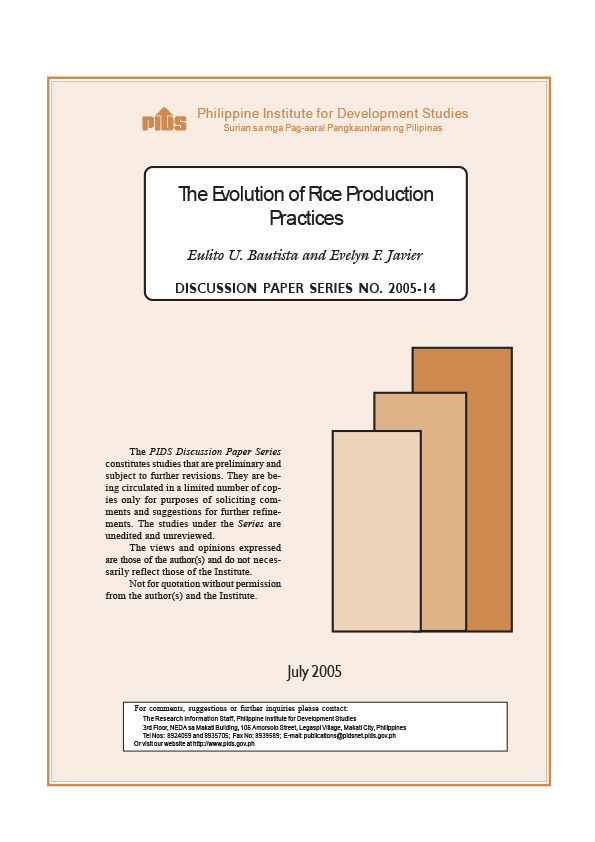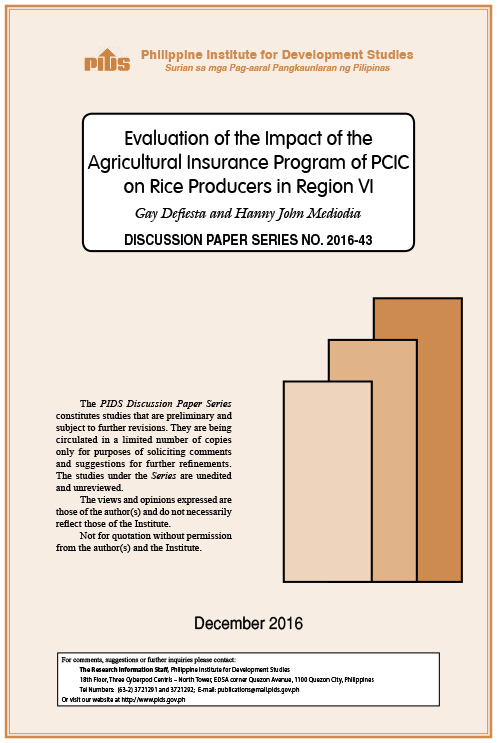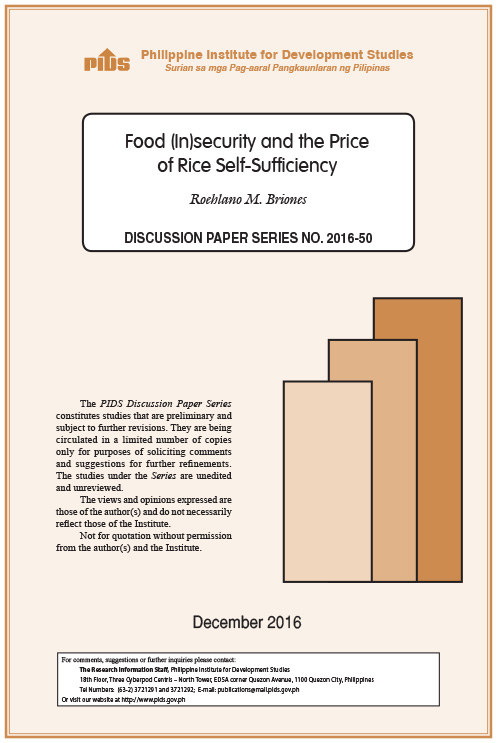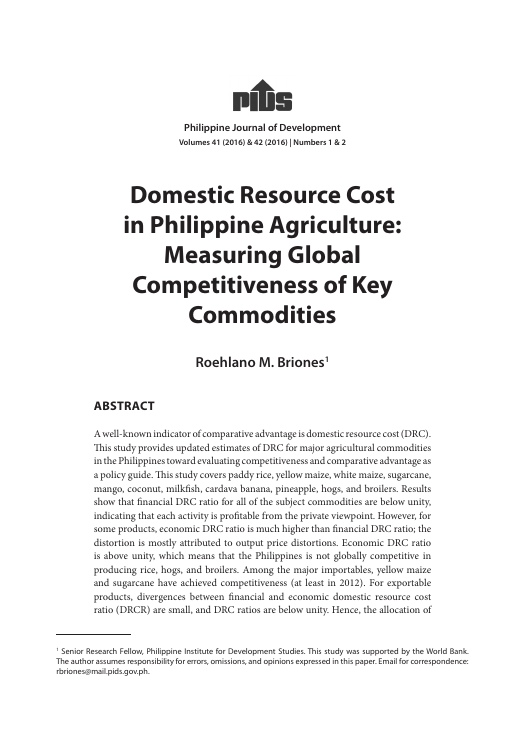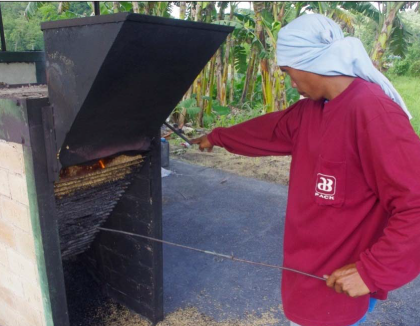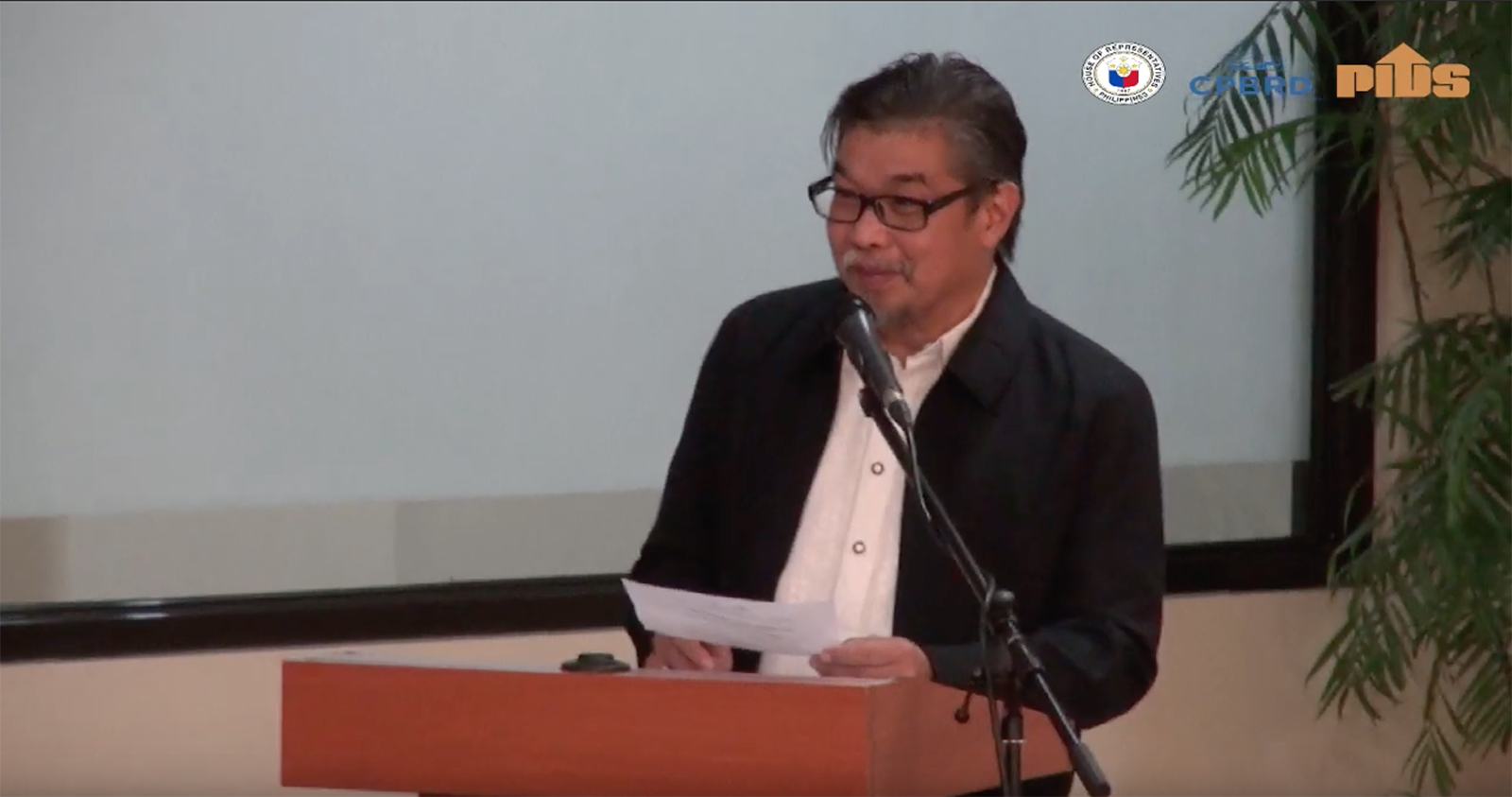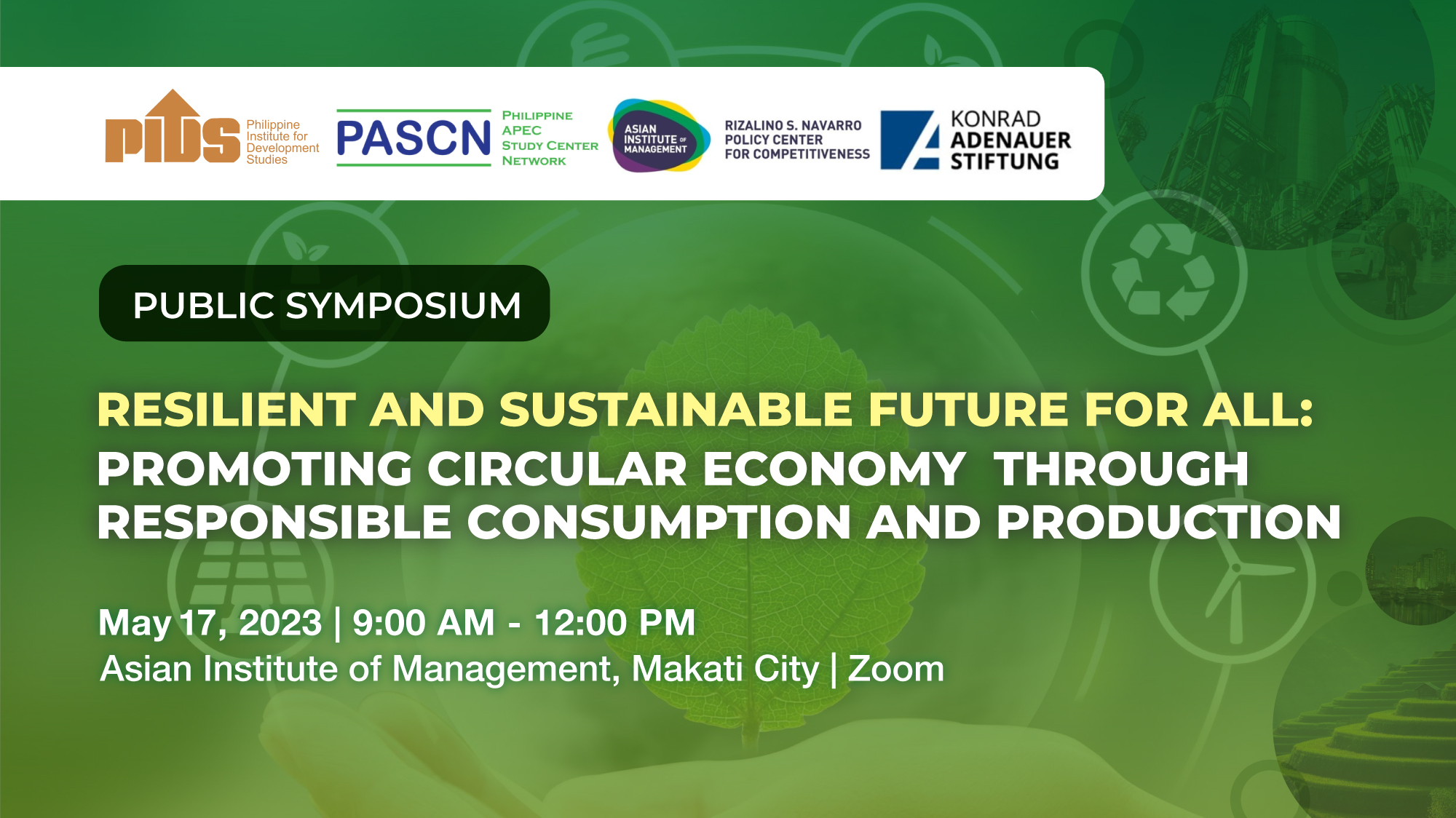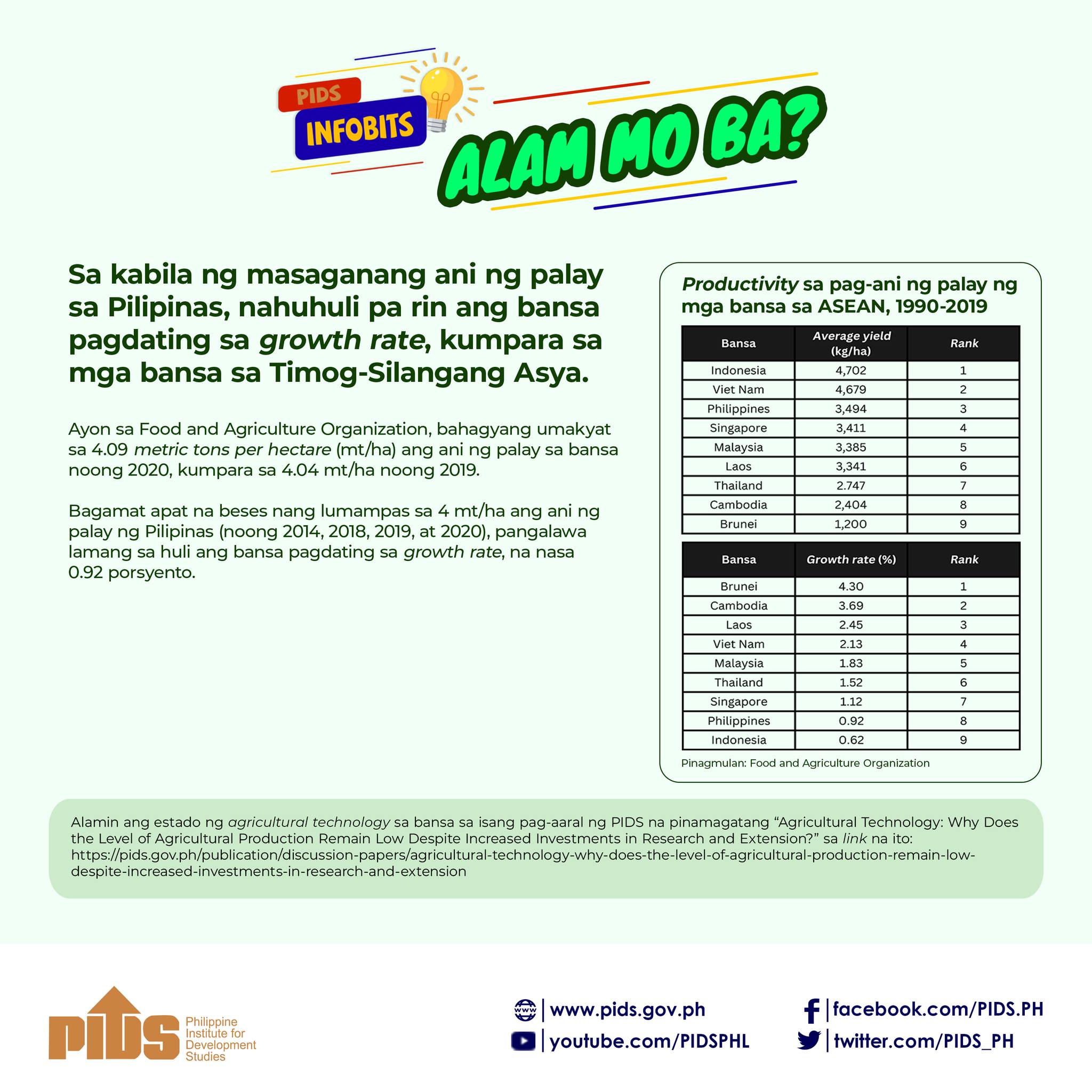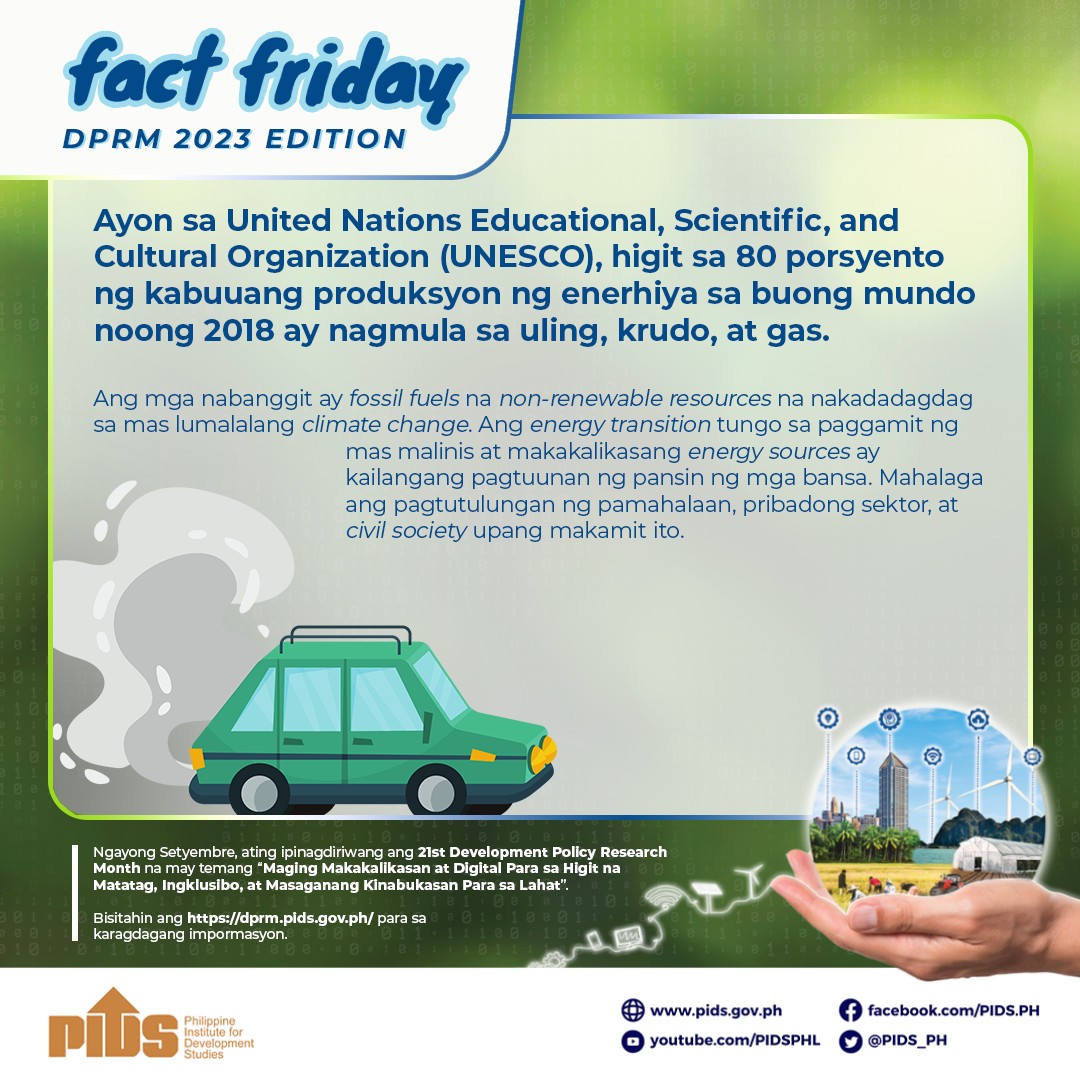This paper presents a summary of the evolution of major practices in rice production over the last 100 years in the country. These practices essentially evolved out of the changes in the varieties introduced and planted by Filipino farmers, which have to change the manner by which production and postharvest operations have to be done in order to maximize productivity and reduce costs. Varieties were introduced in three major periods: the pre-Green Revolution era dominated mainly by traditional varieties which were planted once a year, the Green Revolution period of 1966 to 1988 which was characterized by the diffusion of modern high-yielding varieties which are planted for two seasons per year, and the post-Green Revolution period from 1989 to the present times. As varieties changed over time, farmers’ practices also changed to attain maximum yield potential of the varieties as well as in response to goals of higher productivity, greater efficiency, and, for the present period, environmental sustainability.
Citations
This publication has been cited 2 times
- Iyer, Lakshmi and Noel Maurer. 2008. The cost of property rights: Establishing institutions on the Philippine frontier under American rule, 1898-1918. Harvard Business School Working Papers 09-023. Harvard Business School.
- Maurer, Noel and Lakshmi Iyer. 2008. The cost of property rights: Establishing institutions on the Philippine frontier under American rule, 1898-1918. NBER Working Papers 14298. National Bureau of Economic Research, Inc..

